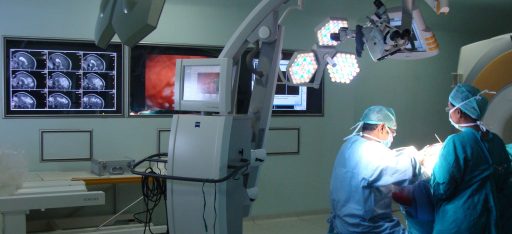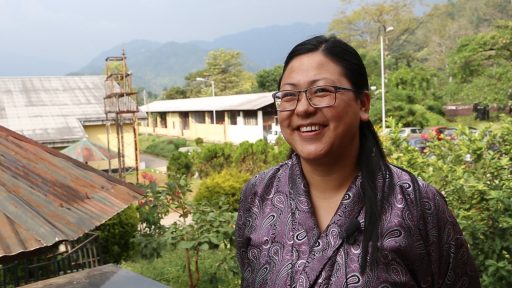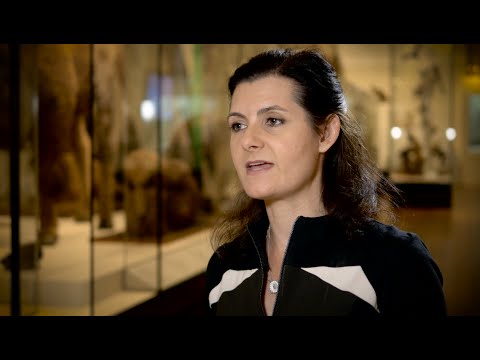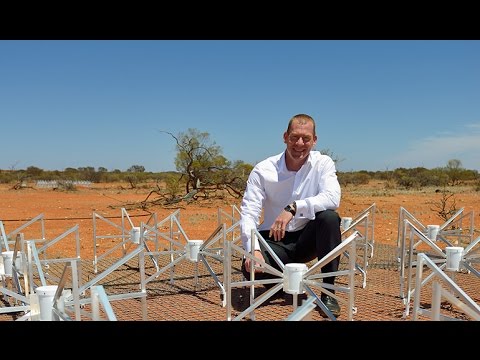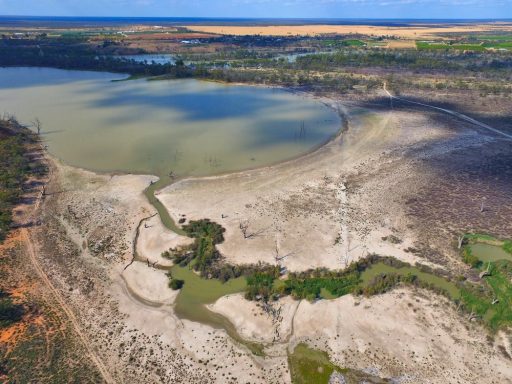REANNZ, Unitec, NIWA and Wuhan University are working collaboratively to address the concerning issue of air pollution, via an innovative three-year project that incorporates high-end environmental science, and cutting-edge Internet technology.
The Great East Japan Earthquake on March 11, 2011 caused significant damage to local hospitals in the disaster area, destroying medical information systems in the hospitals and losing patients’ important medical records. The losses prompted Japan’s university hospitals to jointly construct a new backup system that keeps their medical backup data in remotely located areas.
Computational neuroscience is gathering momentum in India, empowered by the Indian National Knowledge Network, connecting researchers and databases across the country. One of the promising initiatives is the Centre for Excellence in Epilepsy, investigating the complex changes associated with the development of drug-resistant epilepsy.
Regions all over the world establish new, dedicated connectivity for research and education, including Asia, where Bhutan and Cambodia now plug into the networks, choosing video conferencing and e-learning to drive local commitment and development.
The Sanjay Gandhi Postgraduate Institute of Medical Sciences in India is a leader in the field of telemedicine, e-health and allied technologies. India’s national research and education network has been integrated within the hospital environment to improve the adoption and application of digital technologies for health.
Access to cloud services, such as high-performance computing and storage, that are impractical for the museum to house on site is significantly improving the analysis process and the way data is shared between Koala Genome Project partners, opening the door to new insights for conservation and protection.
Steven Tingay is passionate about designing and building radio telescopes in outback Western Australia and using them to look at the first stars and galaxies.
“Water is fundamental to our lives, for food production, and for the health and prosperity of our cities. Both Australia and China face similar challenges around the pro.vision of water in rural and urban areas and for several years we have been working together to find sustainable solutions for water resource management that benefit both nations,” says Professor John Langford.
eduroam (education roaming) is the secure, worldwide roaming access developed for the international research and education community. eduroam is now available in 76 countries worldwide and is expanding beyond campuses to public, commercial and city Wi-Fi initiatives.




